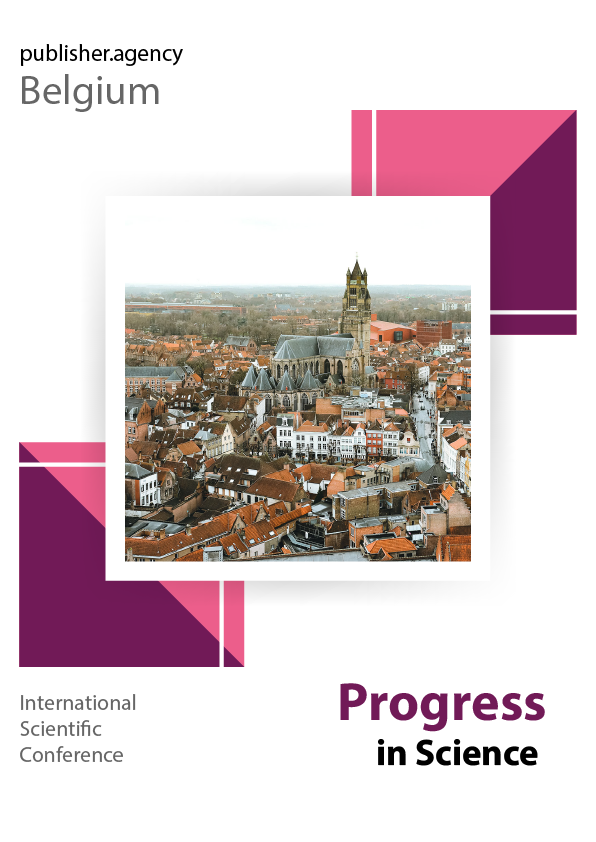PRINCIPLES OF SEISMIC RISK REDUCTUION AND CONCEPTUAL RULES FOR SEISMIC DESIGN OF BUILDINGS
Keywords:
Seismic, Risk, Building, Conceptual, Design, Architect, Structural EngineerAbstract
The disasters, such as earthquakes that severely damage buildings, prove fatal to life. However, the truth remains that it is not the disasters that are responsible for the loss of lives, but the buildings that are incapable of withstanding these disasters. Loss life can be drastically reduced by ensuring that the structures of buildings are strong enough to bear the impact of earthquakes.
Buildings are a combination of art and science, which are put together to function as a living structure.
They are designed by architects and engineers. In reality, in most cases, buildings principally for human occupancy are designed conceptually by architects.
The three most important aspects of building design are: (i) Function, (ii) Form and (III) Strength. Function refers to the usage of the building and form refers to its overall geometry, composed in an aesthetically pleasing manner in keeping with the requirements of the user or intended functions. The form follows function. The architect is responsible for the form derived from the function of the building structure. The role of a structural engineer is to give enough strength his ideas and look after endurance and seismic strength of the structural members.
In Georgia, seismic resistant design is considered to be exclusively within the field of responsibility of structural engineers. As a result, architects are not well informed about the effect of their design decisions on the seismic performance of the buildings. Improving the collaboration and communication between
the architects and structural engineers can greatly help in reducing the seismic vulnerability of buildings. Successful collaboration can bring much more to a project than just facilitating its design and completion. The client and the users of a building are the primary beneficiaries of architect-structural engineer collaboration, but architects and structural engineers themselves benefit greatly.
The objective of this paper is to present the concept of seismic resistant design in a comprehensible format for the architects and structural engineers, therefore aims contribute to the efforts of creating a better awareness of seismic resistant building design.
Published
How to Cite
Issue
Section
License
Copyright (c) 2025 Progress in Science

This work is licensed under a Creative Commons Attribution-ShareAlike 4.0 International License.

